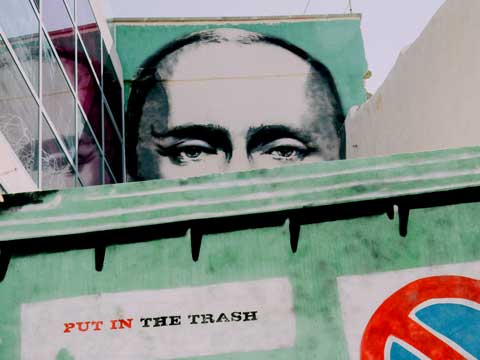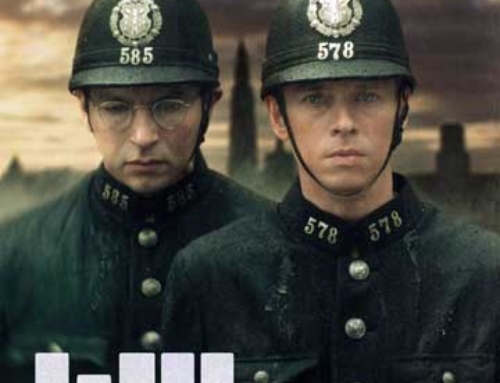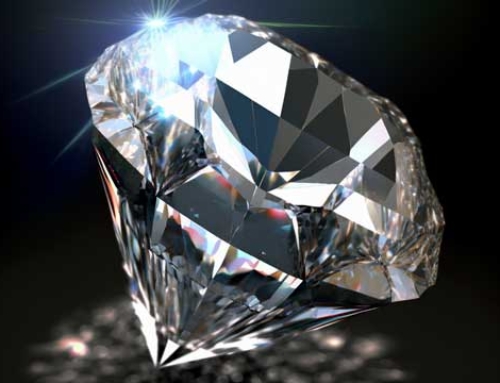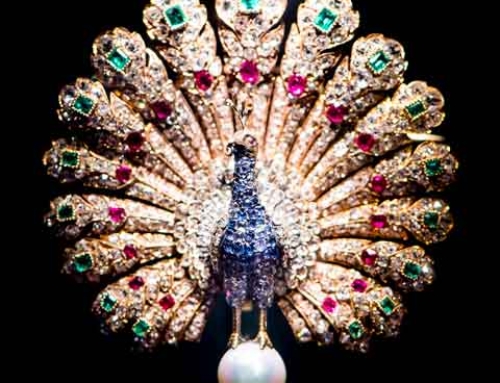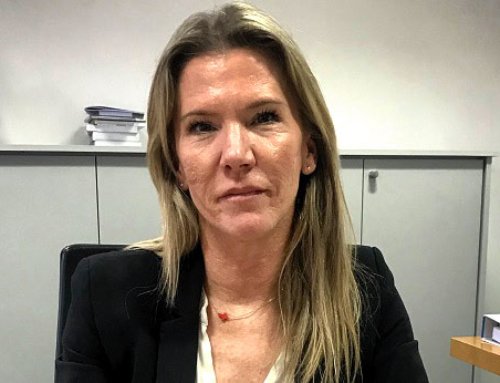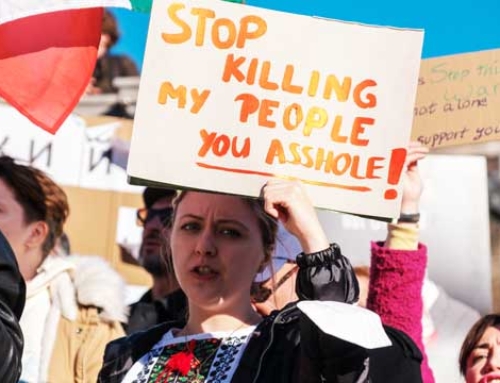“The Antwerp diamond trade has drastically curtailed its trade with Russia in recent months.” So said Prime Minister Alexander De Croo (Open Vld) on Wednesday at a conference on the future of the diamond sector at the Handelsbeurs in Antwerp.
This spring, the European Commission decided not to curb diamond trade with Russia. “If we stop the trade in diamonds, Russia will not feel a thing, because they will just move them to other places like Dubai, but a lot of jobs would be lost to us,” Alexander De Croo said then. We are now six months later, and the Antwerp diamond trade now appears to be cutting ties with Russia of its own accord.
“The Antwerp diamond trade has drastically curtailed its trade with Russia in recent months,” said Alexander De Croo. “That initiative originated in the sector itself. Diamond and jewellery sellers began to question the origin of diamonds. For ethical reasons, they would rather no longer want diamonds from Russia. Trade with Russia has not dropped to 0% (the diamond industry cannot give a current percentage, but just before the outbreak of war, 25% of diamonds in Antwerp came from Russia), but the rapid winding down of trade relations with Russia does illustrate that it was the right choice not to impose a ban. Now the Antwerp diamond trade can do the unwinding at its own pace.”
More trade with Africa
Of course, Russian diamonds are still being traded in Antwerp, even though there are far fewer of them.
So couldn’t you call them blood diamonds? The Russian diamonds come from the state-owned Alrosa company, which means the diamond trade with Russia actually helps finance the war in Ukraine. “In that case, you can also speak of blood oil and blood gas,” says Alexander De Croo. “But there, too, we see that trade with Russia is declining drastically. Europe thought it would be detached from Russian oil and gas before 2026, but it will be sooner.”
Tom Neys, spokesman for the Antwerp diamond trade, says diamond trade with Russia is now being offset by trade with other countries, especially in Africa. “The sector is looking for alternatives,” says Tom Neys. “The conference on the future of the diamond trade at the Handelsbeurs would not have taken place today, had it not been for the events in Russia and Ukraine. Everything has now gained momentum.”
Antwerp diamond company introduces CO2 label for diamonds
From January 2023, the company HRD Antwerp will be the first in the world to introduce a CO2 label indicating the carbon footprint of a diamond.
HRD Antwerp’s headquarters are of course in Antwerp, where 55 people work. But abroad, mainly in India, the company employs more than another 200 people. “We do the certification of diamonds,” says Ellen Joncheere, general manager of HRD Antwerp. “We provide information on four properties of a diamond: the carat, colour, purity and cut quality. From January next year, we will also give diamond dealers who ask for it information on the CO2 emissions a diamond has, from the mine to the end of its life cycle. More and more consumers want to know what the carbon footprint of a diamond is. With our label, we can convince producers to reduce their emissions, for example by working together more and by organising their logistics better so that there are fewer harmful emissions from transport.“


